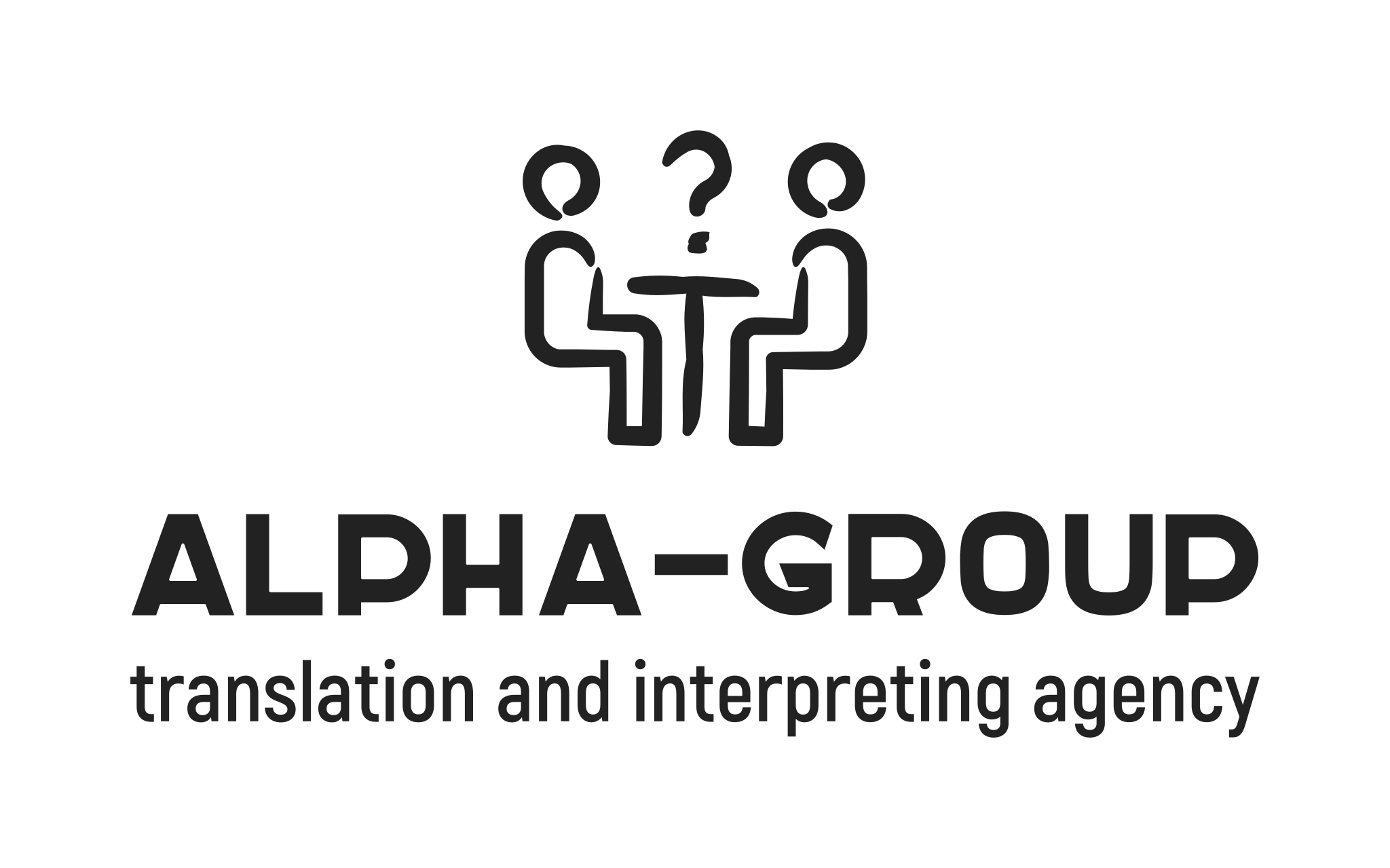Why website translation doesn't work without adaptation?
In order to make a website translation, you can open an online service, get the text through it and voila! The work is done. Why would you spend money on a translation agency to do it? It seems so at first glance, but there is also a downside to the coin.
Translation of a website by Google or another service is just texts that are traced copies of the original language. However, the information on the site should not only be understandable, but also attract the attention of the audience and involve it in interaction.
Each language has steady expressions and unique humor. The target audience have their concerns, relevant topics or splashy stories for discussion. To make the website text catching attention, all of the above is input into it. As a result, your message does not appeal to the conventional plastic doll, but to the individual who might to pause to pay attention to your offer.
There are also linguistic features that must also be taken to concideration.
As an example, when Pepsi has literally translated its main advertising motto “Live with the Pepsi Generation” into Chinese, they were shocked: the slogan acquired an unexpected sound, something similar to “Pepsi Will Make Your Ancestors Rise from the Graves.”
One more example from the Coca Cola branding. When Coca-Cola came to China, it turned out that “Coca-Cola” means “Bite the Tadpole” in Chinese. For a successful marketing, the company took different brand name in Chinese 可口可乐, which is read as “ke kou ke le” and means “I can, a mouth, happiness.” The drink with such a name sounds delicious, doesn’t it?
This is exactly what adaptation (localization) is for – to adjust the information to the required language mentality. A well aligned team is working to translate the texts on the a website which is going to be promoting and engaging. They are not the translators only, but the copywriters and the marketers as well.
Adaptation is a strategy
Let’s demarcate concepts first. Translating a website, for example, for Ukraine and Russia, is a somewhat easier task than making a foreign language website tailored to the local Western audience and their needs.
The website translation for an online business in Ukraine website into English can serve with no or a minimum adaptation. Its task is to guide a non-native speaker who may be staying temporarily within the country and is interested in the services of the company.
Imagine such an individual. He does his search in order to find out the range of services provided, understand the company’s pricing and find the contacts. In this case, the English version of the website made by a skilled translator in the field of translating for the web would do.
Website adaptation can significantly change the format of the pages. The target language is often more concise. You will have to make a lot of edits and involve a designer and copywriter, which will affect the final cost of localization and adaptation work. Therefore, it is better to create a website for the western market on a subdomain and plan the important details in advance:
- Identify target languages. Often, people have cultural and linguistic differences within a geographical area. There are 4 more languages have official status in Spain, in addition to Spanish: Catalan, Galician, Basque and Aran. There are 4 official languages in Switzerland: German, French, Italian, Romansh. Accordingly, people the native speakers have cultural differences and different perceptions.
- After researching the audience, find the answer for yourself: what do they ask and how do they ask? This will affect the hierarchy of pages on the website, as well as the relevant offers and the irrelevant ones which may be discovered through your research.
- Keep the design in focus. There are different color meaning for different cultures. Consider that.
- Follow the text direction of interactive elements. Note that some languages are read from right to left.
- Be sure to change units, format, and dates.
Maintain your brand design. Its specific features should be visible in all language versions of your website.
Is the website translation in Ukrainian essential?
In July 2019, the law “On ensuring the functioning of the Ukrainian language as the state language” came into force. As to the law, all websites and applications on the Internet must be loaded from the Ukrainian version by default. This is the regulation to all business entities within the country, including foreign ones.
The fines was going to be imposed since July 2020. As practice shows, until now the market is not overloaded by the requests to translate the website into Ukrainian. Online businesses do not yet feel the pressure of the law, they feel reluctant towards as Ukrainian is not the language of Google searches.
Meanwhile, the above mentioned, makes the translation of the site into Ukrainian a good bargain and an affordable option. Additionaly, you’ll get extra conversions, with the Ukrainian-language websitesite (according to customer reviews), due to interaction with the Ukrainian-speaking audience. Think of it as localization.
What are the terms to translate a website?
The terms of the translation would be custom-tailored if the customer does not set his own deadline.
The convenient amount of website pages translated per a day is 10 conventional pages.The conventional page has 1800 signs, with punctuation and spaces included.
It takes more time to translate the website if:
- the website contains articles with many scientific and technical terms;
- the website is being translated into complex languages (Dutch, Chinese);
- the texts require significant revision and adaptation
If you are interested to order a website translation, you can see our prices for translation services by clicking on the link.
Conclusion. 5 steps to get more conversions by making a website translation and localization:
- Considering the budget, determine the target language. A good English version might work well for a business in some cases;
- Define your audience: who? what and how do they ask?
- Find a field-specific translator who will take into consideration the essentials of Western marketing and make copywriting translation relevant for the target audience;
- Be aware of the difference in the length of the text, this can change the design of the pages;
- Be sure to change units of measurement, format and dates, as well as make sure that the color meaning are relevant


